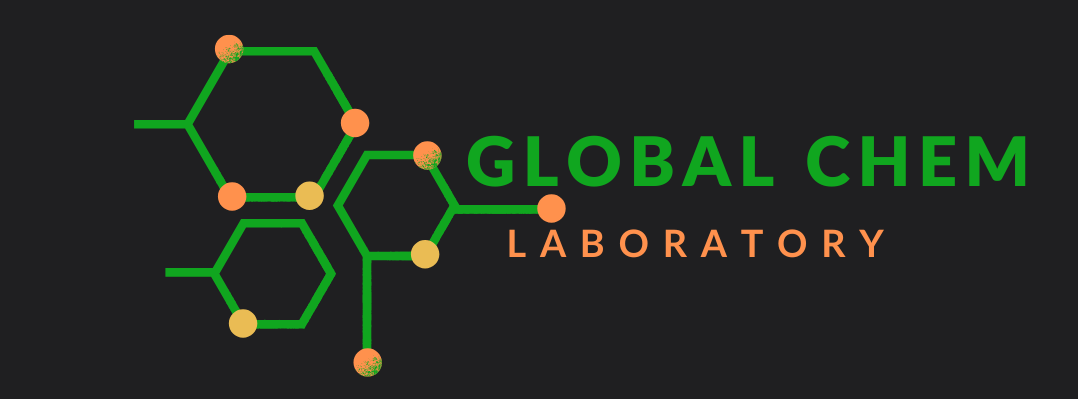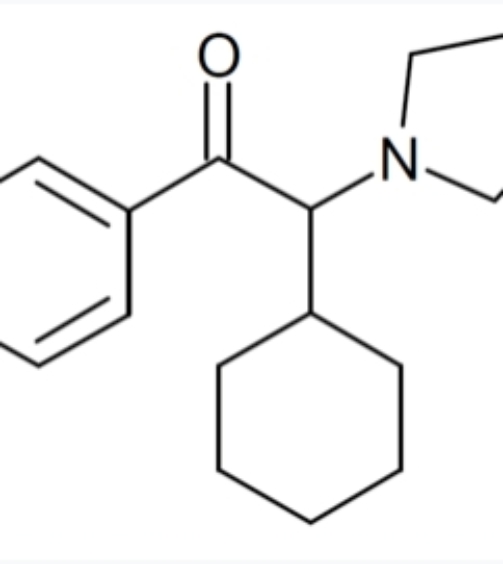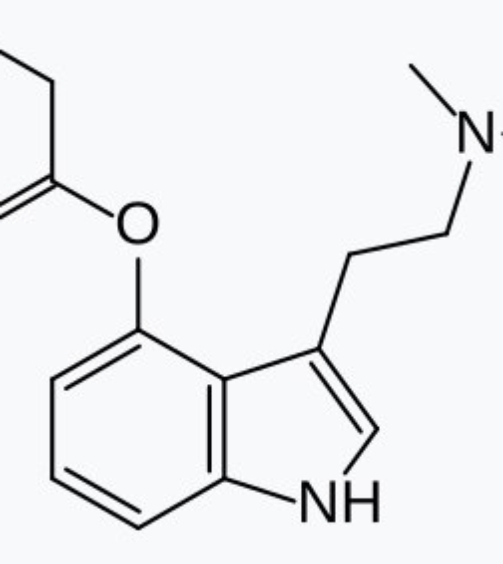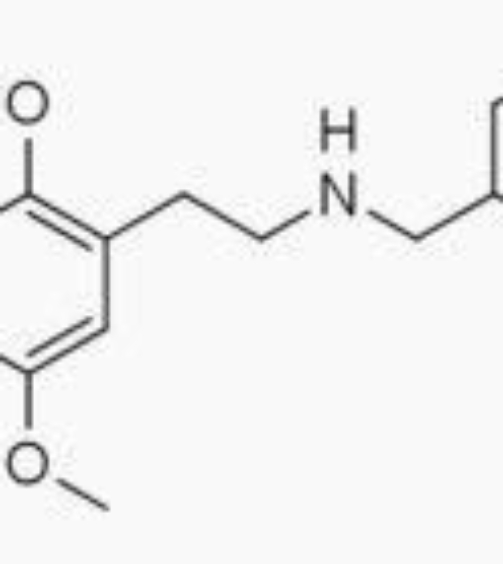MDPM HCl Powder Overview
- IUPAC Name: 1-(3,4-dimethylphenyl)-2-(methylamino)-1-propanone hydrochloride
- Commercial Name: MDPM HCl Powder
- Chemical Formula: C11H15NO·HCl
- Molar Mass: 211.71 g/mol
- Boiling Point: Not readily available (MDPM HCl is a crystalline solid, and compounds like it tend to decompose before boiling).
- Melting Point: Approximately 173–175°C (values may vary depending on purity and specific conditions)
- Density: Approximately 1.1 g/cm³ (estimated for similar crystalline compounds)
- Storage Requirements:
- MDPM HCl powder should be stored in a cool, dry, and dark place to prevent any degradation or chemical changes.
- The ideal storage temperature is between 4°C and 8°C to ensure stability and maintain purity.
- It must be kept in an airtight, moisture-proof container to protect it from moisture and air, which could cause it to break down over time.
- Avoid exposure to heat sources, as high temperatures can promote degradation and may cause the chemical to lose effectiveness or react.
- Purity: 99.9% (research-grade, as verified by Certificate of Analysis)
- Reactivity:
- MDPM HCl is relatively stable under standard conditions but should be handled with caution in environments that could lead to reactions with acids, bases, or other reactive agents.
- The compound is sensitive to environmental factors such as light, moisture, and high temperatures, which could accelerate degradation.
- It is essential to store and handle the chemical with care, ensuring that it is protected from conditions that may promote reactivity. Proper laboratory procedures should always be followed to prevent inadvertent chemical reactions.
- Safety Information:
- General Safety: MDPM HCl is a stimulant compound with chemical properties similar to other substituted cathinones. As such, its effects on the human body are not entirely well-understood, and it should be handled with caution. Potential risks include adverse cardiovascular effects, including increased heart rate, blood pressure, and stimulation.
- Handling: Always wear appropriate personal protective equipment (PPE) such as gloves, safety goggles, and a lab coat when handling MDPM HCl powder. Conduct all work involving the compound in a well-ventilated area, preferably under a fume hood, to minimize exposure to fumes or dust.
- Toxicity: As a research chemical, MDPM HCl may produce effects like those of other stimulant substances, including agitation, increased alertness, and euphoria, as well as potential negative side effects such as anxiety, restlessness, or increased heart rate. Its toxicity and long-term effects are not fully known, so it is important to follow all safety guidelines when working with the substance.
- First Aid Measures:
- Skin contact: In case of skin contact, wash the area thoroughly with soap and water. If irritation develops or if there is a reaction, seek medical advice.
- Eye contact: If MDPM HCl comes into contact with the eyes, flush them with water immediately for at least 15 minutes. If irritation persists, contact a healthcare professional.
- Inhalation: If inhaled, move to fresh air immediately. If symptoms such as difficulty breathing or dizziness occur, seek medical attention right away.
- Ingestion: In the event of ingestion, do not induce vomiting unless instructed by a medical professional. Seek medical attention immediately.
The MDPM HCl Powder overview provides key details about the chemical’s properties, safe storage practices, and potential safety risks. As with all research chemicals, it is important to follow appropriate safety procedures to ensure proper handling, storage, and use in controlled environments.

 Cart is empty
Cart is empty 




Reviews
There are no reviews yet.